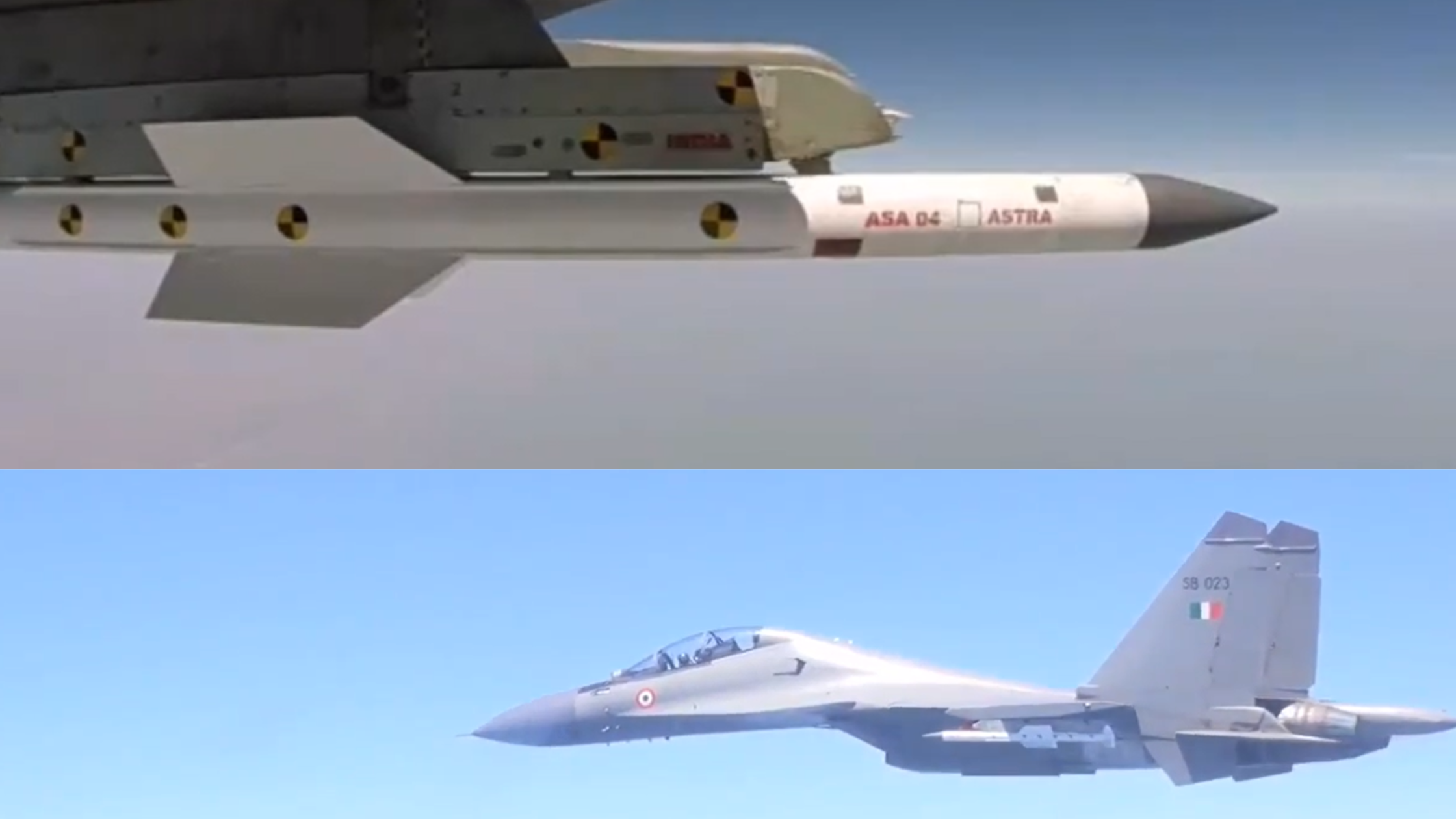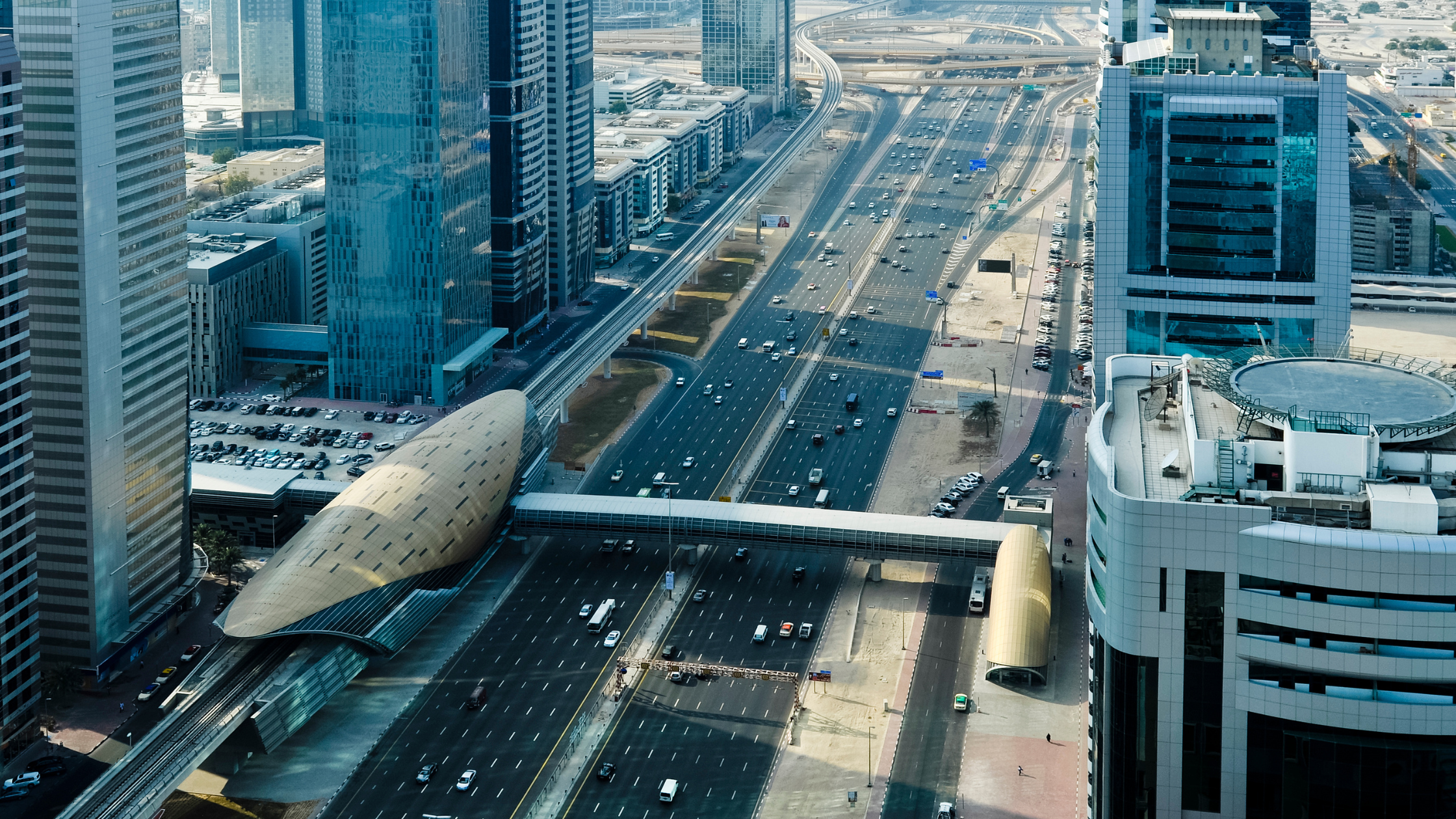Arab Satellite 813 Achieves Key Milestone in Integration Phase

In a significant step forward for regional collaboration in the field of space exploration, the Arab Satellite 813 programme has successfully completed its System Integration Review (SIR), a crucial technical milestone in its development. This progress confirms the readiness of the satellite to transition into its final phase of environmental testing. Managed and led by the United Arab Emirates (UAE), the satellite project represents a landmark initiative in Arab cooperation and technological advancement, aligning with the UAE’s long-term vision of uniting the Arab world through science, innovation, and sustainability.
Strategic Evaluation at the System Integration Review
The System Integration Review was conducted with the full participation of senior representatives from the United Arab Emirates University (UAEU), subject matter experts from the UAE Space Agency, and various stakeholders from the technical and engineering domains. The review provided an exhaustive assessment of the satellite’s systems and subsystems, including the verification of the final design elements, evaluation of thermal and mechanical test protocols, and a comprehensive inspection of the integration process between the satellite’s payload and platform.
This review marks a definitive step in the satellite’s life cycle, paving the way for the commencement of final environmental testing. It is during these final tests that the satellite will undergo rigorous trials to ensure that it can withstand the conditions of space, validating its performance, reliability, and durability in orbit.
UAE’s Commitment to Regional Unity in Space Exploration
Salem Butti Al Qubaisi, the Director-General of the UAE Space Agency, emphasized that the Arab Satellite 813 project is a symbol of the UAE’s commitment to fostering collective Arab efforts in space exploration. He highlighted how the satellite aligns with the broader strategic framework of promoting the UAE’s leadership role in advanced scientific and technological industries. According to Al Qubaisi, the project not only serves as a technical achievement but also as a platform for unity, progress, and mutual development among Arab countries.
He stated that collaboration in scientific ventures such as the Arab Satellite 813 is essential to building a sustainable, knowledge-based future. The project is designed to contribute significantly to the creation of space-based solutions that support environmental sustainability and socioeconomic development throughout the region. The satellite’s capabilities will enable Arab nations to conduct environmental monitoring and utilize data-driven insights for effective decision-making.
Space as a Pillar of Diversified Economy and Innovation
Salem Butti Al Qubaisi further elaborated on the economic dimension of space initiatives, asserting that space technology acts as a strategic pillar in the diversification of national economies. The UAE’s investment in space sciences is rooted in its vision to empower regional and local talent and enable them to lead global, transformative projects. Al Qubaisi reiterated the country’s commitment to backing every Arab-led space initiative that aligns with common regional goals and strengthens the Arab world’s position in the global knowledge economy.
He acknowledged the Arab Satellite 813 as a clear example of the outcomes of long-term planning, vision, and cooperation. The UAE’s leadership continues to prioritize initiatives that elevate youth engagement, scientific literacy, and inter-Arab collaboration, with the ultimate aim of crafting a future grounded in innovation, research, and practical space applications.
Scientific and Technological Significance of the Achievement
Ali Al Shehhi, Director of the National Space Science and Technology Center (NSSTC), reflected on the significance of the completed SIR, calling it a momentous occasion not only in technical terms but also for the broader Arab scientific community. He highlighted how the successful review signifies a leap toward space self-reliance and the assertion of scientific leadership within the region.
Al Shehhi pointed out that this accomplishment is indicative of the UAE’s broader goal of enabling pan-Arab cooperation in space technologies. The satellite project serves multiple purposes, from environmental monitoring to enhancing regional capabilities in data collection, knowledge exchange, and sustainable innovation. Al Shehhi described the Arab Satellite 813 programme as a vehicle for long-term environmental stewardship and scientific excellence, emphasizing its regional purpose and potential global impact.
Operational Readiness and Future Phases
Eiman Al Shamsi, the Programme Manager of the Arab Satellite 813, underlined the technical preparedness demonstrated by the team during the review. She confirmed that both the satellite and the Assembly, Integration, and Testing (AIT) facilities at the NSSTC are fully primed for the upcoming final stages. These will involve the environmental testing phase, which is essential before the satellite can be launched into orbit.
Al Shamsi attributed the programme’s continued success to the synergy among team members, the resilience of strategic partnerships, and the shared mission of advancing scientific research within the Arab world. According to her, this milestone is not only a technical endorsement of the programme’s integrity but also a testament to the UAE’s growing stature in the space domain.
Al Shamsi also emphasized how the 813 programme contributes to the broader objectives of education, national growth, and scientific research. She praised the dedication of the team for upholding the standards required to meet international benchmarks and lauded the infrastructure provided by the NSSTC for supporting high-caliber space missions.
Genesis and Purpose of the Arab Satellite 813 Project
The Arab Satellite 813 initiative was originally unveiled by His Highness Sheikh Mohammed Bin Rashid Al Maktoum, Vice President and Prime Minister of the UAE and Ruler of Dubai. The satellite was presented as a gift to the Arab Space Cooperation Group during the Global Space Conference, symbolizing a shared Arab vision of technological unity and regional solidarity.
Funded and overseen by the UAE Space Agency, the satellite is being executed by the National Space Science and Technology Centre at the UAE University, in coordination with various Arab entities under the umbrella of the Arab Space Cooperation Group. The project represents a collective ambition to chart new scientific territories and improve life in the Arab world through advanced space technology.
Intended Applications and Future Impact
The Arab Satellite 813 is designed to facilitate a wide array of scientific and environmental applications. It will support environmental mapping, monitor changes in land cover, study the dynamics of crops and agriculture, and aid in the analysis of internal water quality. Moreover, the satellite will assist in identifying natural resources, evaluating soil pollution, studying land erosion, and understanding the distribution of essential and rare earth minerals.
It will also play a key role in supporting geological exploration and provide valuable insights into mining operations and potential new resource sites. These applications are critical for addressing pressing environmental issues, promoting resource conservation, and informing sustainable development policies across Arab nations.
Beyond its practical uses, the satellite will serve as a learning platform for students, researchers, and institutions across the Arab world, fostering a new generation of scientists and engineers equipped with the skills needed to contribute to the global space economy. The project promises to be an enduring legacy of regional cooperation and forward-looking innovation.








1 Comment
[…] the new model is the shortening of strategic cycles from five years to three. This shift enables the UAE government to respond to changes more swiftly and keep policies updated in real time. The objective […]
Comments are closed.